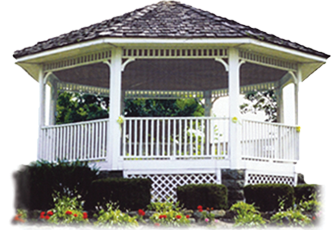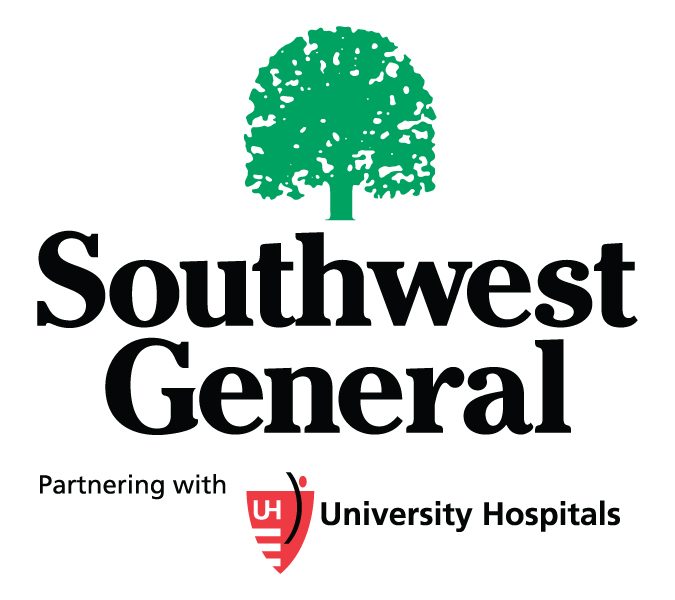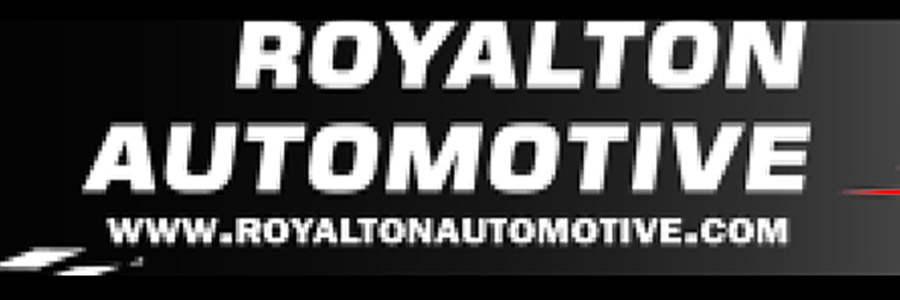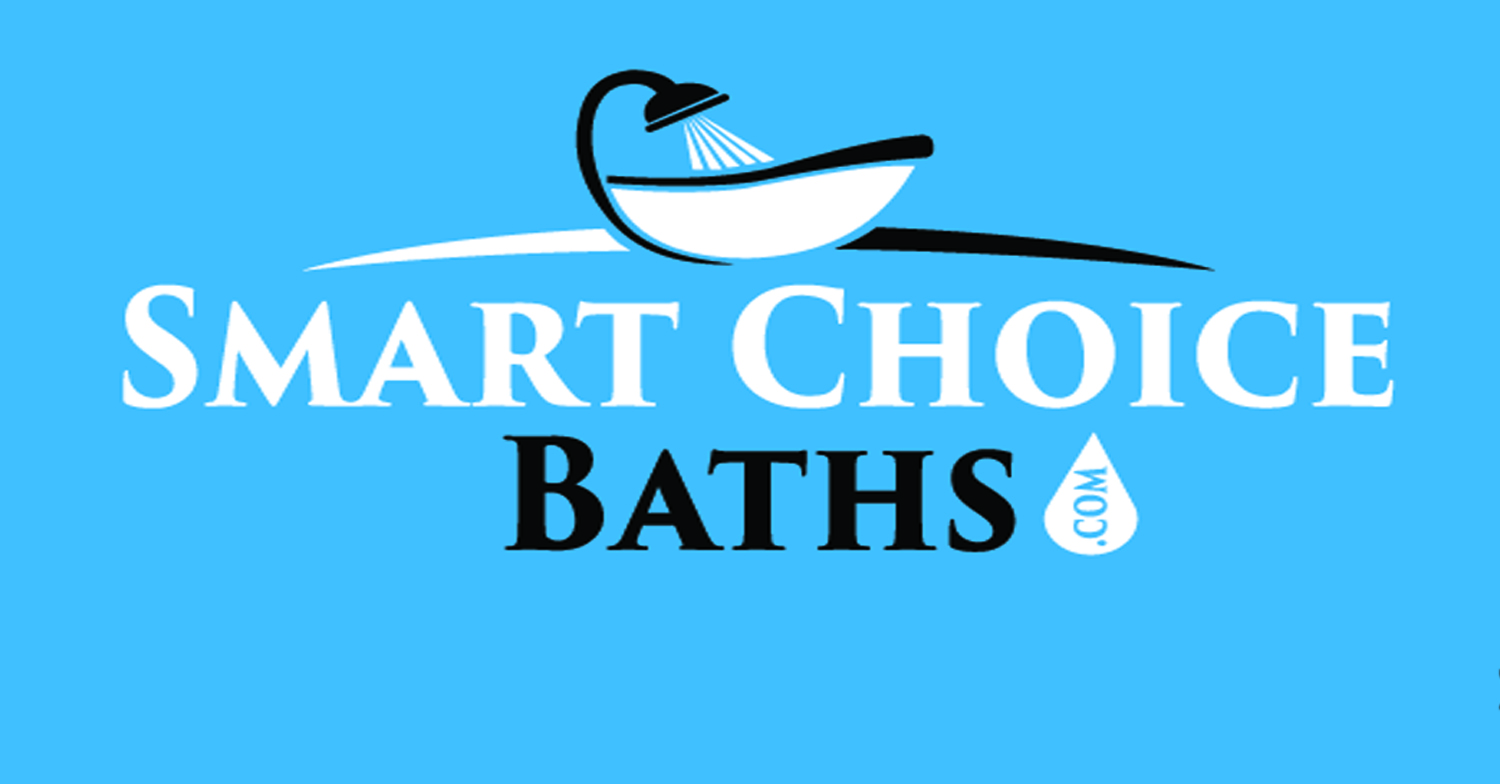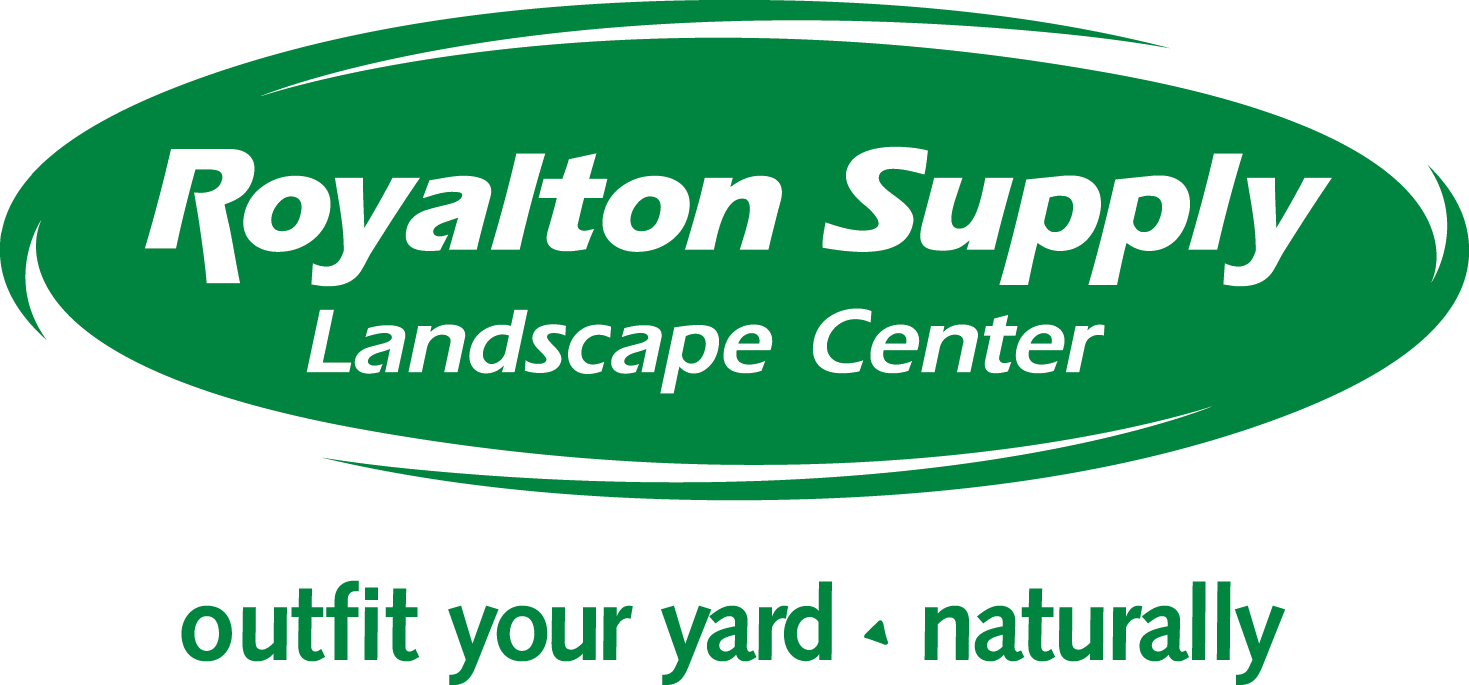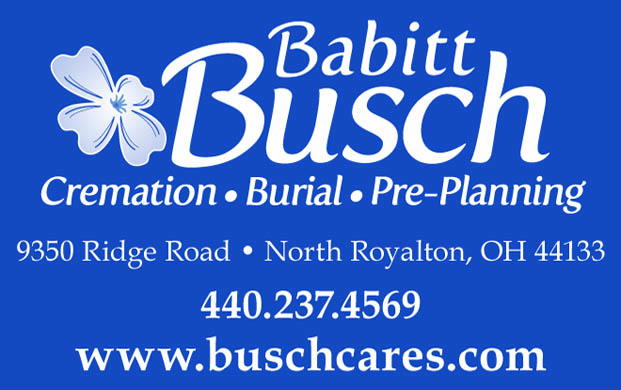“Unintentional Drug Overdose is now the leading cause of injury related death in Cuyahoga County. Local heroin use is not only on the rise, it is taking lives at unprecedented levels. According to the Cuyahoga County Medical Examiner, heroin is now the most commonly-abused drug associated with overdose deaths in Cuyahoga County. With fewer pills on the street, heroin has become a cheaper alternative for abusers. Although prescription pills are still readily available, the increased presence and purity of heroin as well as changes in the formulation of some pills to make them tamper resistant have caused users to make the switch,” according to the Cuyahoga County Opiate Task Force.
According to Task Force statistics, 72% affect those 30-64 years old; 56% happen in the suburbs and 76% are male. There have been more than 330 overdose deaths this year, compared to the 228 who died in the whole of 2015. The medical examiner anticipates upwards of 500 more overdose deaths by the end of the year. In August, there were 33 deaths, 24 of which were from Cleveland, and nine from the suburbs, including North Royalton. This year, alone, there have been four, possibly five, overdose-related deaths.
“People think that it doesn’t happen in the suburbs,” said Campbell, “but it has. It has no socio-economic boundaries” North Royalton has joined other communities in their fight against these deaths. Members of the North Royalton Fire and Police Departments are trained to administer Nalaxone (Narcam) for heroin overdose. They all carry doses of this medication that can reverse an opiod drug overdose. It blocks the effects of the opiod on the brain and quickly restores breathing, when administered to a person experiencing an overdose.
In an effort to address the increase in drug overdose deaths, the Ohio Department of Health, Violence and Injury Prevention Program, helped to initiate Project DAWN (Deaths Avoided with Nalaxone), a community-based overdose education and Nalaxone distribution program. The education includes the recognition of the signs and symptoms of an overdose, as well as the distinction between different types of overdose; how to perform rescue breathing and the administration of Nalaxone. Kits are distributed that include 2 vials of Nalaxone, 2 nasal atomizers (the medication is sprayed into the nose of the individual experiencing an overdose), 1 face mask, an educational DVD and booklet.
Cuyahoga County launched Project DAWN in 2013. As of 2015, over 3,500 kits have been distributed and at least 375 overdose rescues have been reported. Around that time, Ohio House Bill 170 was adopted. With the passage of Ohio HB 170, the kits may now be dispensed to the addict as well as a family member, or loved ones. The bill has expanded who may prescribe or administer Nalaxone, if acting in good faith, and are granted immunity from drug offenses, criminal prosecution, professional disciplinary action, or civil liability.
The kits are FREE when obtained at the following locations: Cuyahoga County Board of Health, Free Clinic of Greater Cleveland and the Thomas F. McCfferty Health Center. For more information on Project Dawn, visit their website, www.metrohealth.org/projectdawn www.ccbh.net or call 216-201-2000.
By GLORIA PLEVA KACIK
Contributing Writer



